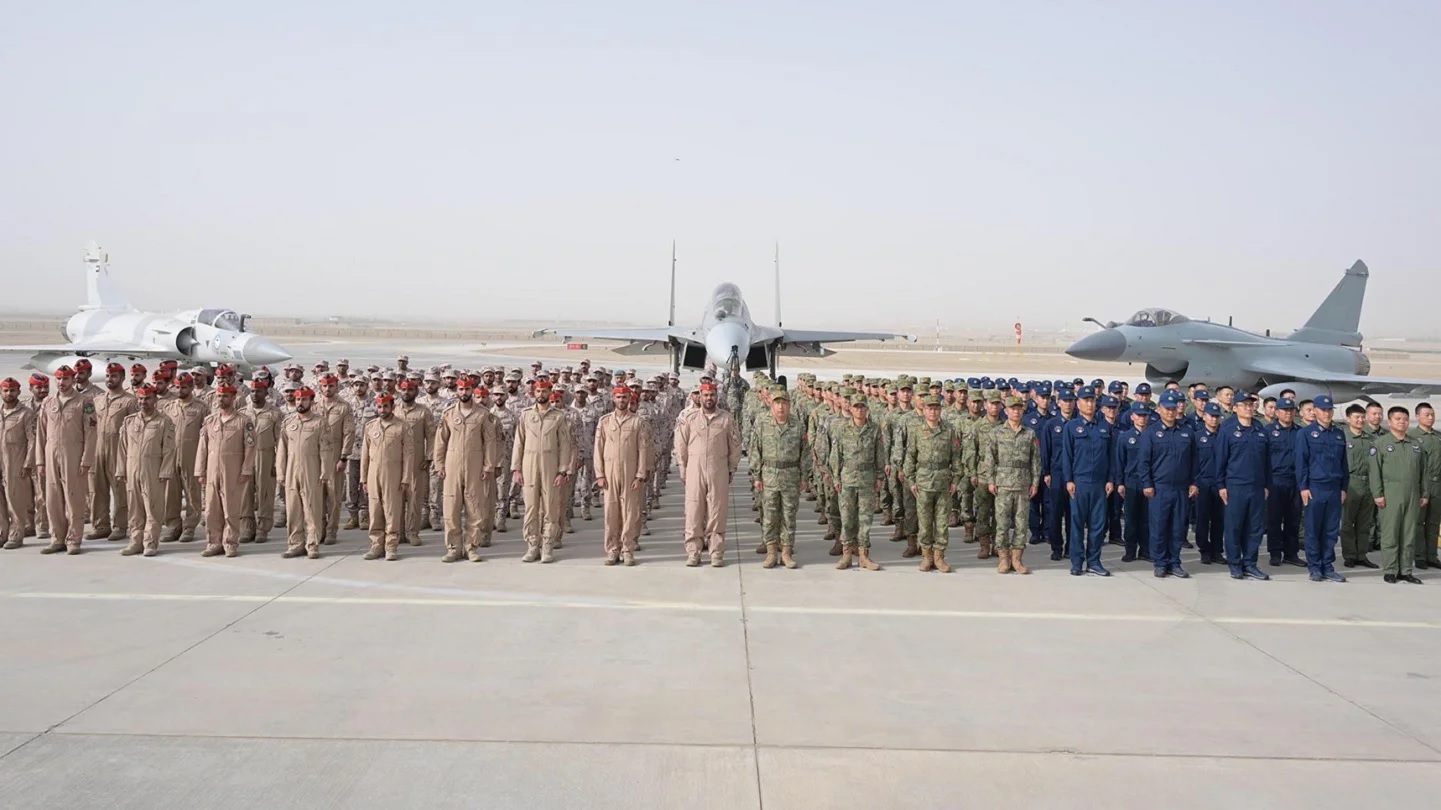UAE-China Military Drills Stir Western Fears Over Technology Transfer and Strategic Alliances

The recent joint air force exercise between the United Arab Emirates (UAE) and China, dubbed Falcon Shield, held in Xinjiang province, has set off alarm bells in Western capitals. This marks the second iteration of the exercise, highlighting a growing military collaboration that has significant geopolitical implications.
At the heart of the concern is the potential for China to gain access to Western military technology through these drills. Satellite imagery from the International Institute for Strategic Studies (IISS) revealed that multiple UAE Mirage 2000-9 fighter bombers were deployed at Hotan Airport in Xinjiang. These aircraft, also used by the Taiwanese air force, were stationed apart from Chinese aircraft, yet the close proximity raises the specter of China gleaning critical information about Western fighter jets' capabilities and performance.
The Mirage 2000-9 is a key asset for the UAE and is known for its advanced avionics and combat systems. For China, the opportunity to observe these aircraft in action, even indirectly, presents a valuable intelligence windfall. The People's Liberation Army Air Force (PLAAF) could gain insights into the Mirage 2000's performance, which would be particularly useful for dissimilar air combat training and for improving their own technology.
China, as the host nation, has the means to observe the UAE’s systems closely. The PLAAF's airborne early warning aircraft can monitor the exercise, testing their radar's ability to detect the Mirage 2000. Furthermore, the exercise offers a chance for China to evaluate its own fighter radar, electro-optical systems, and missile seekers against a sophisticated opponent in a controlled environment.
The growing defense relationship between the UAE and China extends beyond these exercises. The UAE Air Force already operates Chinese-made Wing Loong II unmanned aerial vehicles (UAVs) and is exploring the acquisition of the L-15A trainer aircraft. Such purchases often require Chinese technical support, further entrenching the UAE-China defense partnership.
This deepening military cooperation comes amid broader strategic shifts. The UAE's decision to work with Huawei for its 5G network infrastructure has already strained relations with the United States, affecting discussions about the UAE's potential purchase of F-35 fighter jets from Lockheed Martin. Washington is wary of the security implications of close UAE-China ties, particularly regarding technology transfer and intelligence leaks.
The Falcon Shield exercise underscores a larger pattern of China's expanding influence in the Middle East. For the UAE, a closer relationship with China offers economic and strategic benefits, diversifying its alliances beyond traditional Western partners. However, for the West, this burgeoning partnership signals a potential realignment that could reshape regional dynamics and global power structures.
As China and the UAE continue to strengthen their defense ties, Western nations will be closely monitoring the implications. The possibility of China accessing advanced Western military technology through its engagements with the UAE remains a pressing concern, adding another layer of complexity to the already intricate web of international relations.


